8 Most Visited Indian Monuments After Taj Mahal
)
This gallery provides a glimpse into India’s rich architectural and historical heritage, showcasing some of the most visited monuments beyond the famous Taj Mahal.
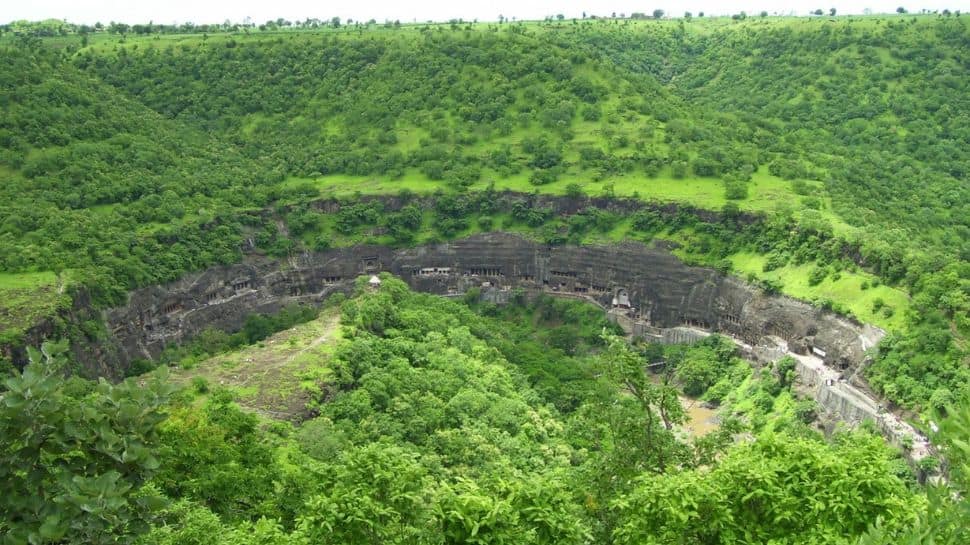
The Ajanta Caves are ancient rock-cut Buddhist monasteries in Maharashtra known for their beautiful murals and sculptures. These caverns, which date back to the second century BCE, are a UNESCO World Heritage Site that attracts visitors interested in ancient Buddhist art.
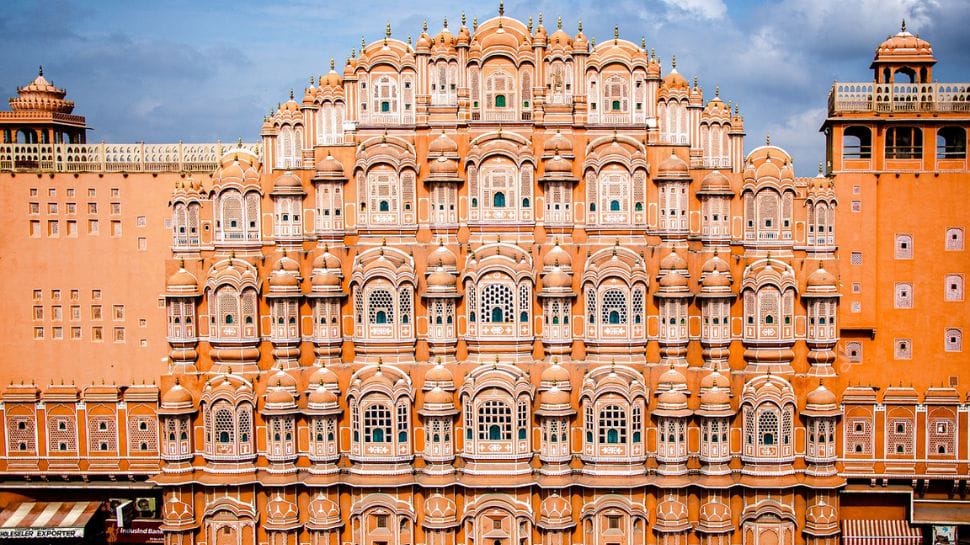
The Hawa Mahal, also known as the "Palace of Winds," has a unique façade with elaborate latticework. Built-in 1799 by Maharaja Sawai Pratap Singh, this mansion permitted royal women to watch street festivities without being noticed.
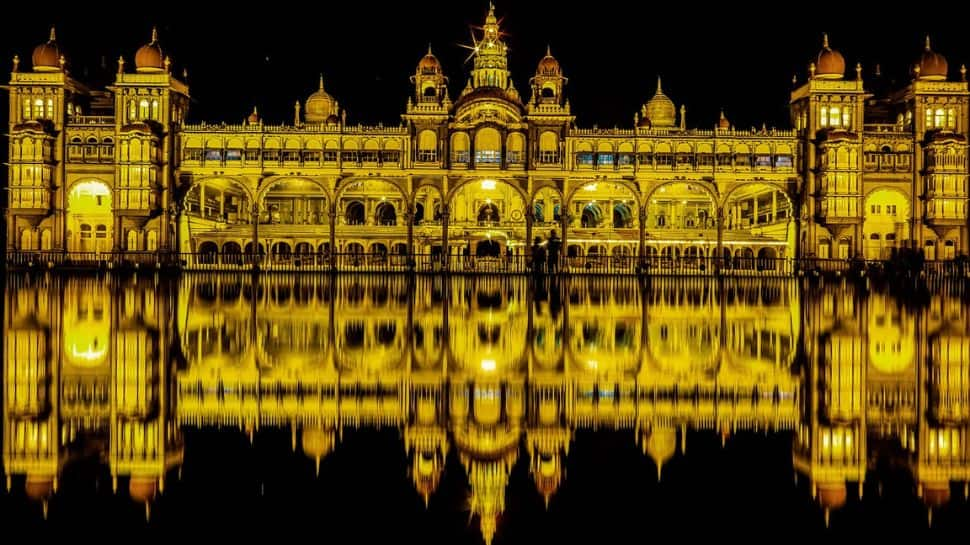
The Mysore Palace, an elegant royal home, is renowned for its breathtaking architecture and historical significance. The palace, linked with the Wodeyar dynasty, is particularly stunning during the Dussehra celebration when it is lighted with thousands of lights.
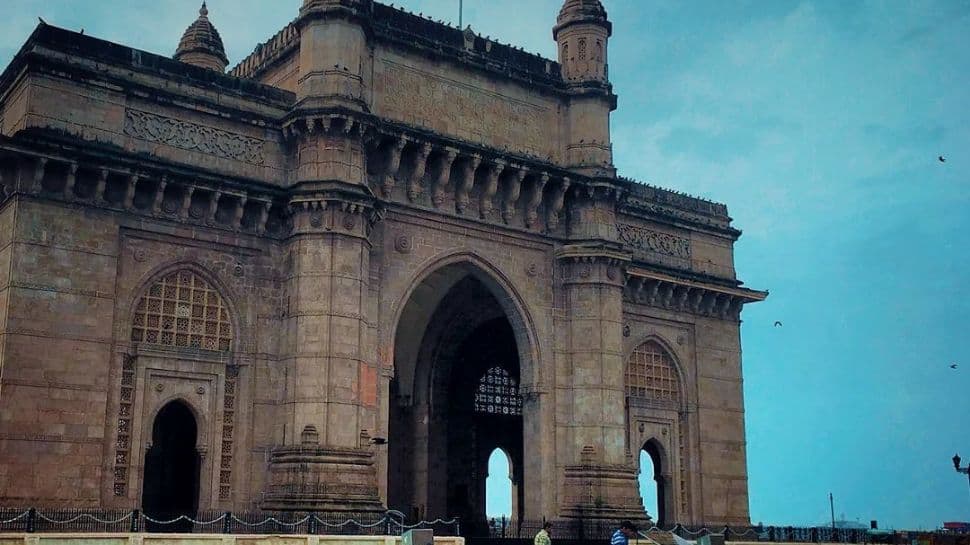
A symbol of Mumbai, the Gateway of India is a monumental archway overlooking the Arabian Sea, built in 1924 to commemorate King George V and Queen Mary’s visit. It offers stunning views of the sea and the nearby Taj Mahal Palace Hotel.
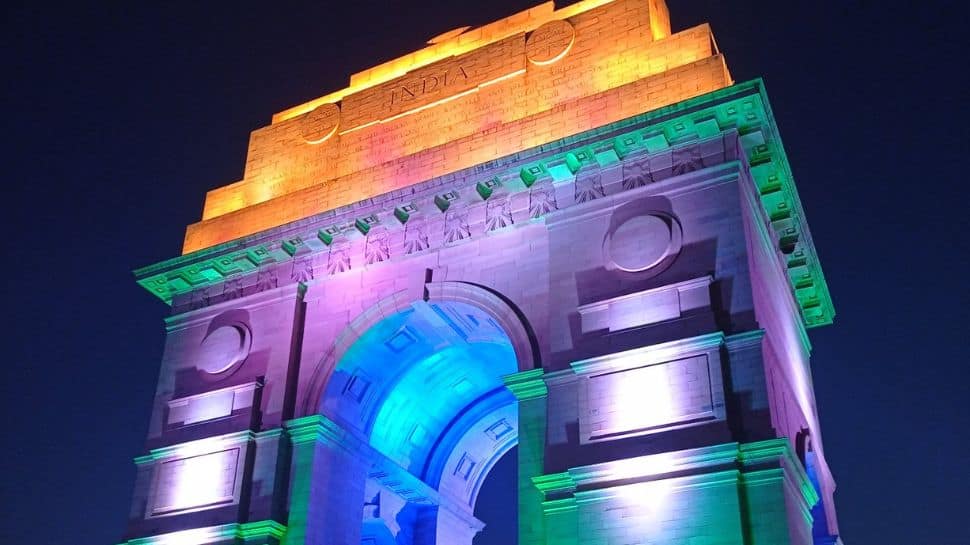
A prominent war memorial dedicated to Indian soldiers who died in World War I. India Gate was designed by Sir Edwin Lutyens, this iconic archway is located in central Delhi and is a popular gathering spot, especially in the evenings and many come to relax and have a glimpse of the monument.

Completed in 1572, Humayun's Tomb, a UNESCO World Heritage Site, is renowned for its Mughal architecture and garden design and was the first garden-tomb on the Indian subcontinent and served as an inspiration for the Taj Mahal.
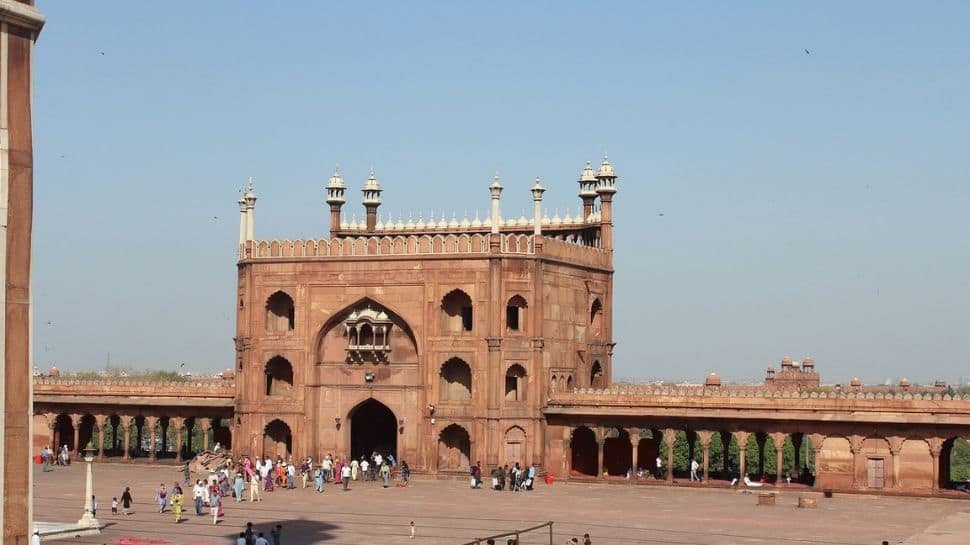
The Red Fort, also known as Lal Qila, is a huge 17th-century stronghold constructed by Mughal Emperor Shah Jahan. This UNESCO World Heritage Site is well-known for its red sandstone walls and is where India's Prime Minister delivers his annual Independence Day speech.
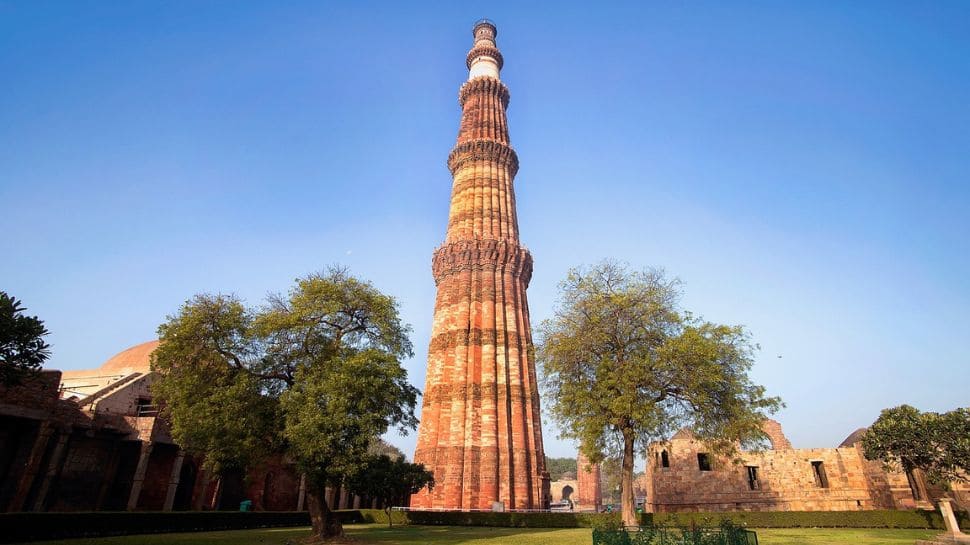
The Qutub Minar is a 73-meter-tall brick minaret and UNESCO World Heritage Site that demonstrates Indo-Islamic Afghan architecture from the 12th century. It is flanked by the Qutub Complex, which includes noteworthy structures like the Quwwat-ul-Islam Mosque and the Iron Pillar of Delhi.

